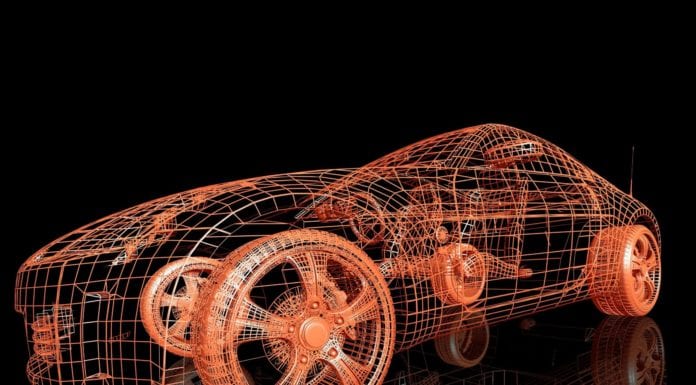In many ways, today’s cars are rolling smartphones. When we peel back the layers of this statement, it signifies a shift in the mindset of how we think about vehicles today and sheds a light on a broader industry trend that has been bubbling in recent years. Cars are not literally rolling smartphones, but the automotive industry is adapting to the digitization of the modern world by joining forces with an ever-growing industry — telecommunications.
Even as recently as ten years ago, the notion of a car as a connected product was virtually unheard of. But the growth of digitally connected technology like Advanced Driver Assistance Systems (ADAS) and in-vehicle entertainment and applications has changed the very nature of the traditional vehicle. Today, Original Equipment Manufacturers (OEMs) and consumers alike have begun to think of cars as software-defined vehicles, equipped with their own digital hardware to provide the driver with a seamless, connected experience. This connection wouldn’t be possible without telco.
The opportunities for telco within the automotive industry are virtually endless. Connectivity will be a founding pillar of autonomous driving and driver assist programs, it can improve in-vehicle communication to avoid crashes and ease traffic, and it increases road safety through AI-enabled software within infotainment systems.
The evolution of telco-as-a-service
Telcos today have greatly evolved from the past by realizing what they can offer as a service layer. Telco-as-a-service will allow the key players to provide connectivity that can be consumed across multiple industries, thus allowing them to deploy more use cases. One of these industries is automotive, where research suggests that near-future cars will be software-driven, equipped with automatic hotspots, SNS inside of the vehicle and pre-defined secure networks. The movement towards more technologically advanced vehicles is one that is being met with openness from consumers, and by 2025 more than 75% of all new cars sold will be connected in some fashion.
The telecommunications industry is a key component to this shift, as telcos can provide vehicles with the necessary 5G connectivity to develop this car of the future. But this shift will require an even further evolution of telcos to increase connectivity beyond individual vehicles to transform the industry into a connected ecosystem.
Beyond the vehicle: Building a connected network
The concept of a connected car has already taken shape, but what if telcos could become a network for the automotive industry, beyond the development of connectivity in one vehicle? For example, consider a home alarm camera system that connects to Wi-Fi. If one neighbor decides to place a camera outside of their Wi-Fi network range, but other neighbors are using the same alarm camera system on their own Wi-Fi, the technology in the alarm’s ecosystem can allow the first neighbor to piggyback off the connectivity of the second neighbor. Because the alarm company has developed a network of devices all powered by its connectivity, resource sharing can occur between individual IoT devices.
In theory, the automotive industry can do the same — slowly develop an ecosystem of capabilities on the car to allow for network sharing and ‘moving internet capability.’ This holistic approach to connectivity amongst OEMs can foster a future of connectivity within the auto industry.
This ecosystem approach will be key as we move towards a Mobility-as-a-service (MaaS) future, where autonomous driving and autopilot capabilities will be more prominent and driverless cars will be operating in tandem on roads. The ultimate goal for many automotive companies is to have vehicles become more communicative with one another, which can be achieved through the development of such an ecosystem.
Addressing the challenge of cost
While the automotive and telco industries have begun to collaborate, there are many challenges that persist on the road to a fully connected vehicle, the most prominent being cost. When telcos approach bulk contracts with OEMs, they must be careful not to price themselves out of the market. Many of these OEMs are having a hard time swallowing the cost of increased connectivity, which has forced telcos to change their business models and offer a business-to-business-to-consumer model to decrease those upfront costs.
This B2B to B2C model is built on data agreements that result in smoother connectivity experiences and can unveil new use cases in private 5G-controlled manufacturing operations. In addition, this model promotes greater integration between engineering and software teams to develop a software-defined vehicle for the future.
Ultimately, these two dynamic industries will have to work together to make a connected automotive future a reality, and despite the challenges that remain, the potential benefits that can result from this partnership are promising. By developing technology that will allow vehicles to seamlessly share data and communicate in real-time, drivers will be provided with an experience that is safer, smarter and more reliable.

